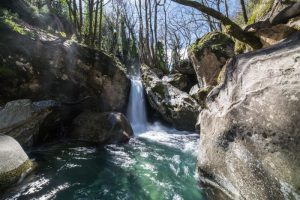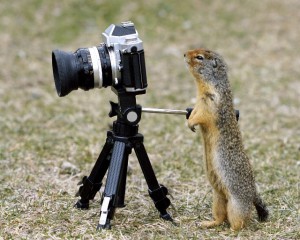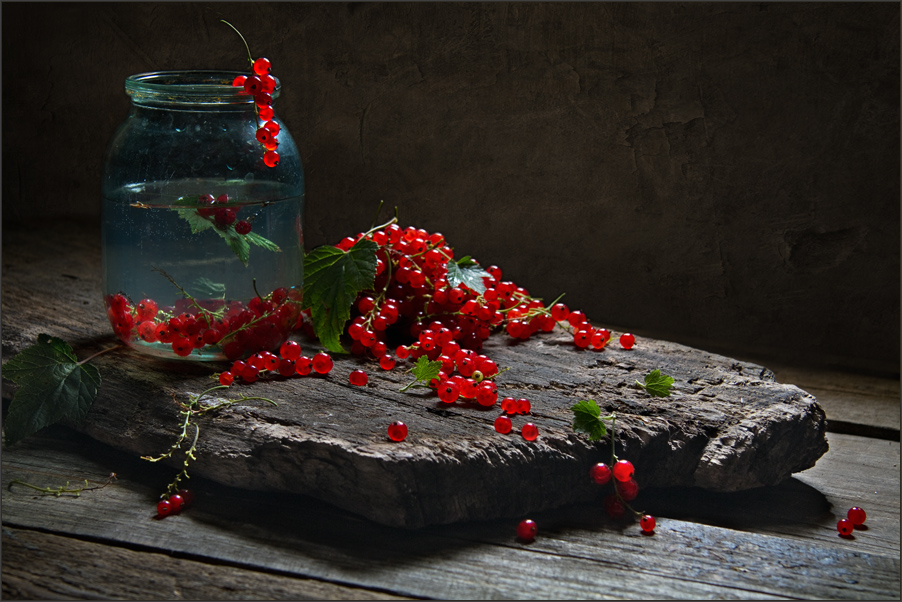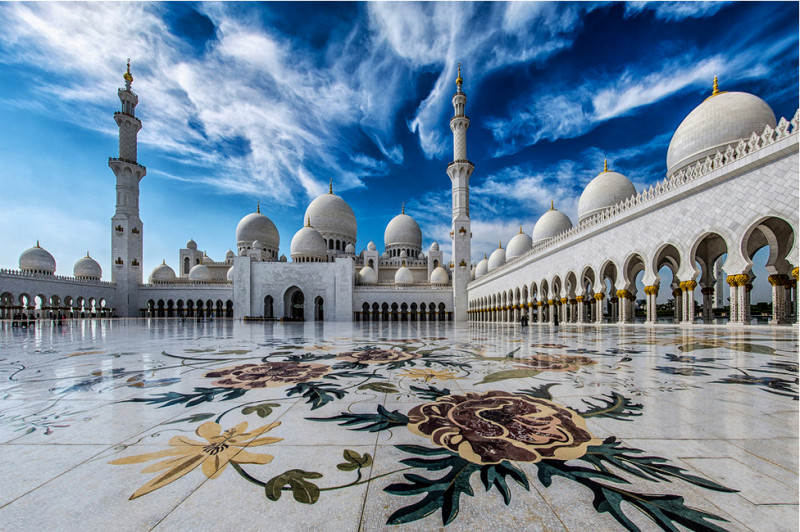5 reasons to buy an ultra wide lens
 Super wide-angle lenses are a very specific class of optics, with their own features and fields of application. The effect they create is very difficult to replicate with other lenses or programs.
Super wide-angle lenses are a very specific class of optics, with their own features and fields of application. The effect they create is very difficult to replicate with other lenses or programs.
Lenses with a field of view of 90 or more degrees on the diagonal of the frame (that is, wider than those of the human eye) and a certain focal length are considered “super-widths”:
for cameras with APS-C matrix – from 15 mm and less;
for full-frame cameras – less than 24 mm.
Such optics is clearly associated with distortions – perspectives and geometry. Here, these lenses are divided into two classes: fisheye (fisheye) and rectilinear (without distortion).
“Chip” fish – just the same in distortion. The images obtained with its help, look rounded, deformed, and circular “fish eyes” and do give a round picture. Rectilinear lenses, although they retain straight lines, still distort the scale and “pull” round objects at the edges of the frame.
But, despite the distortions, super wide lenses perform their task and are popular with photographers. And here are five reasons.
1. Everything will come in
Samyang Interior 14mm F2.8
Interior shot on Samyang 14mm F2.8, 1/80, f / 4, ISO 640
“Super-widths” allow you to shoot large objects and interiors and are great in order to show the distance between the foreground and background. A frame made on such optics includes much more space than any other lens can give. Therefore, they are often used in architectural, reportage, wedding photography.
Only you need to remember about the necessary distortions and know how to minimize them when shooting and post-processing.
2. Ideal for landscape photographer
Wide Angle Landscape
Features of ultra wide angle optics are extremely well suited for landscape photography. It allows you to capture the terrain as completely as possible (from flowers on the ground to the clouds), and the distortions that present a problem when shooting vertical lines can add additional depth, drama and dynamics to photos.
Landscapes with the sky succeed in “super-widths” very well – dawn and sunset, thunderclouds, drawing clouds serve not just a frame of a beautiful landscape, but a full-fledged part of the composition.
3. And for astrophotography too
The sky itself can be a great subject for a photo. And here it is definitely useful to the widest possible viewing angle. The main thing – to remember that when shooting a starry sky or the northern lights will have to work in conditions of very low light. Therefore, the lens must have a high aperture ratio and provide high sharpness throughout the field of the frame.
4. Interesting prospects
Wide angle perspective
The short focal length and wide viewing angle distort the perspective: objects in the foreground appear larger, in the background less than they actually are. This allows you to achieve interesting and spectacular shots with certain plots, for example, leaving the distance roads.
5. Reason to come closer
All objects in the frame that are in the middle and background will look small. Therefore, if you need to select an object or person, you need to get closer to it. Moreover, the “super-width” allows you to shoot as close as possible to the object in the foreground, without losing the rest of the picture.
But, again, it is worth remembering the distortion, and if you make portraits for such optics, then with caution – “super-widths” can strongly distort the proportions of the face and body. Therefore, when working with such a lens, people are recommended to shoot to their full height, making them part of the rest of the plot – so they will look more natural.
Recommendations for the use of ultra wide lenses
We have already listed the main plots, pros and cons of such optics. It should be added that one must adapt himself to the “over-width”, practice to understand what he can and know how to use and how to neutralize distortions.
Perspective distortions can be corrected in a graphic editor or used as an artistic device.
Distortion when shooting with a fish eye can be significantly straightened by placing the horizon in the center of the frame.
Correct distortion quite well in Adobe Lightroom by applying the appropriate fish-lens profile.
Due to the large viewing angle, both very bright / lighted and very dark / shaded objects / places will fall into the frame, i.e. there may be problems with exposure. This is where HDR can help.




